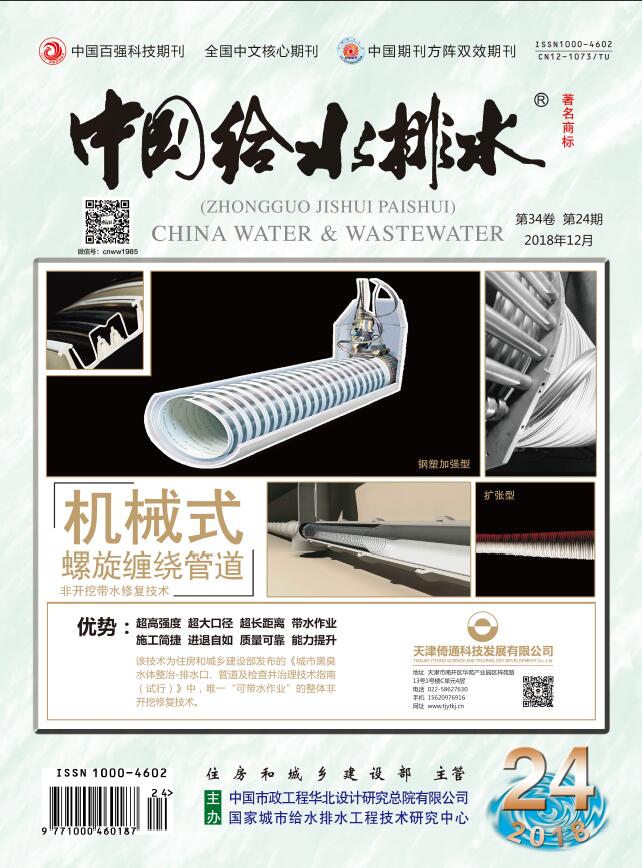LUOJia-hao,JINXin,TANGMao-sen,et al.Advanced Treatment and Recycling of Laundry Wastewater Utilizing Electrocoagulation Process[J].China Water & Wastewater,2024,40(23):84-90.
Advanced Treatment and Recycling of Laundry Wastewater Utilizing Electrocoagulation Process
China Water & Wastewater[ISSN:1000-4062/CN:12-1073/TU]
volume:
第40卷
Number:
第23期
Page:
84-90
Column:
Date of publication:
2024-12-01
- Keywords:
- laundry wastewater; electro-hybrid ozonation-coagulation electrocoagulation; microplastics
- Abstract:
- In the context of advanced treatment and recycling of laundry wastewater, it was observed that electrocoagulation (EC) served as the core process with a significantly superior COD removal efficiency compared to alternative methods. Building upon the coupling and series processes centered around EC, this paper further optimized the electro-hybrid ozonation-coagulation (C-E-HOC) that utilized a carbon fiber electrode plate as the cathode and an aluminum electrode plate as the anode, and investigated the process’s efficacy in removing COD, turbidity, and anionic surfactants (LAS) from laundry wastewater, while also exploring its optimal operating conditions. Under the optimal conditions characterized by the current density of 15 mA/cm2 and the ozone flow rate of 400 mL/min, the C-E-HOC process demonstrated removal efficiencies for COD, turbidity and LAS in laundry wastewater reaching 97.6%, 99.9%, and 99.6%, respectively. The effluent quality complied with the limits specified in The Reuse of Urban Recycling Water—Water Quality Standard for Urban Miscellaneous Use (GB/T 18920-2020) as well as The Reuse of Urban Recycling Water—Water Quality Standard for Industrial Uses (GB/T 19923-2005). Meanwhile, the reaction kinetics characteristics of COD and LAS removal in the C-E-HOC process were analyzed. Furthermore, the release of microplastics in laundry wastewater was investigated. The findings indicated that the quantity of microplastics discharged into the environment during a typical household washing process amounted to (40-150)×104 per 100 liters of water, while the C-E-HOC process demonstrated a removal efficiency for microplastics reaching up to 94.2%.
Last Update:
2024-12-01

